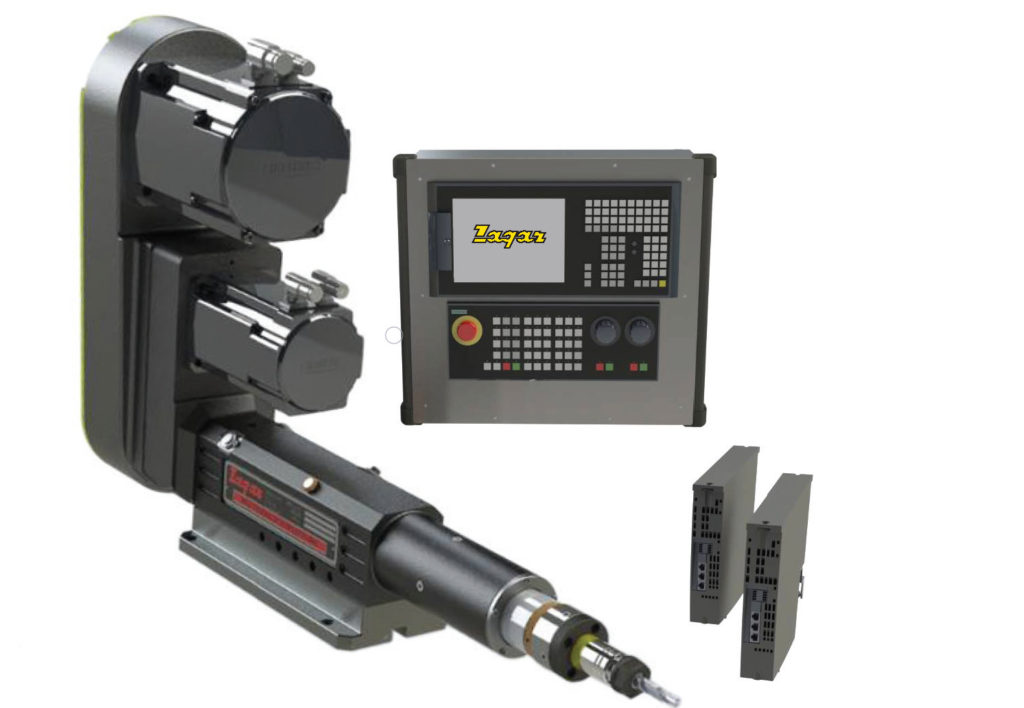Machining Operations: the CNC Effect
Contributed by Jo Gardner, ResourceShark
For Zagar Inc.
Machining is required to turn a raw material into a desired final product. Three of the most common machining operations are:
Drilling produces a cylindrical hole in a workpiece. A drilling and tapping machine is engineered for drilling but milling machines are sometimes also used. Chips, swarf or bits of waste are helped to fall away from the workpiece based on the shape of the drill. Drilling with the drill bit perpendicular to the workpiece can help ensure precision drilling operation, and workholding fixtures are designed to help ensure precision in high volume production operations. With CNC (Computer Numerical Control) you program all the tooling changes, speed and movements. These instructions are received by the equipment for completion.
Turning rotates the workpiece, while the cutting tool moves in a linear motion. Turning can be done automatically or manually, but here too, CNC can allow tooling changes to be programmed to cut down on required human supervision.
Milling uses multi-point rotary cutters to remove material from a workpiece. There are two main types of milling:
- face milling, which cuts flat bottomed cavities and flat surfaces into the workpiece and
- peripheral milling which cuts threads, deep slots and gear teeth.
Milling is usually applied to a workpiece as a secondary process after the piece has been machined. Milling finishes the surface, adding features like contours, pockets, slots and holes.
Today, machining, even that produced on classic style machines is enhanced by the application of CNC controls. When we refer to CNC machining, we are referring to the manufacturing process in which programmed software defines the actions of plant tools. CNC controls allow manufacturing operations to program tool changes for shorter runs, or for multiple functions needed from one fixture. It has opened up new options for manufacturers to pre-program the speed and position of machine tool functions, run them in predictable, repetitive cycles.
CNC machining can be integrated, and even retrofitted with powerful drilling, tapping, turning and milling machines making all of them automated requiring less human supervision. Regardless of whether the set up involve robotic feedunits or not, the CNC process makes consistency in part production far easier than ever before.
Often, on industrial CNC machines, manufacturers are employing closed loop controls. The control always “knows” the axis position. This reduces errors and crashes, but it is still the responsibility of the programmer to see that codes are input corrected to ensure safety and precision. Today, CNC software has advanced to the point where it control can be based on 3D solid modeling software, such as SolidWorks. With those specs programmed into the code of spindles, fixtures workholders and more, it is easier to find potential production problems before work is begun.

Zagar has integrated Siemens CNC with many of its fixtures with excellent, precision laden results. Since 1937, Zagar has engineered manufacturing solutions with specialization in hydraulic, pneumatic and high-production drilling and tapping machines and related equipment. For more information on how Zagar’s newest additions can enhance your operations, visit https://www.zagar.com/contact/ or call (216) 731-0500 and tell us about your firm.
